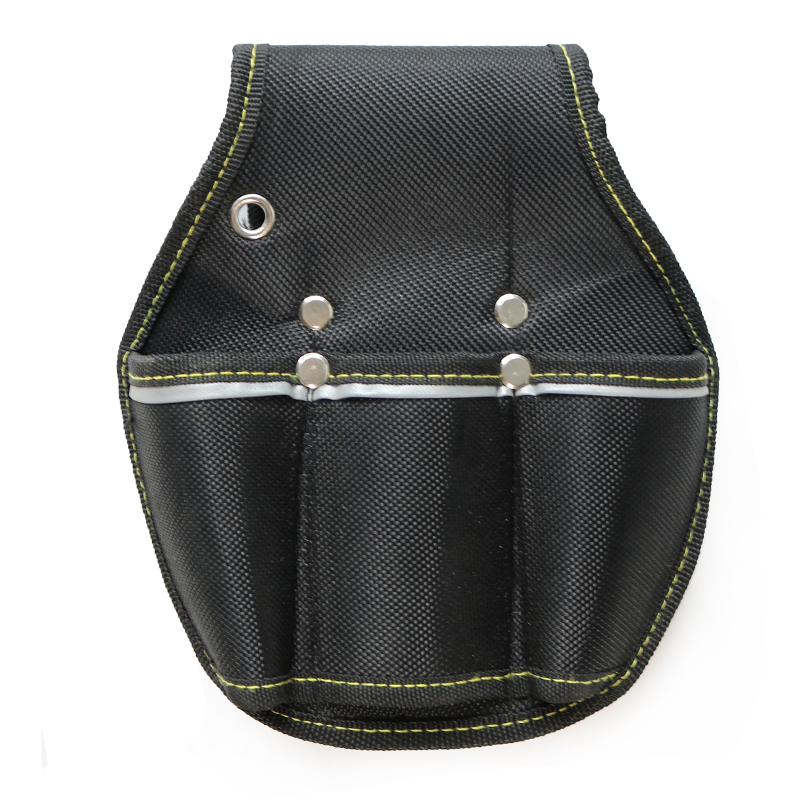Of course, ceramic tiles come in various types, each with its own ideal application. A good understanding of tile characteristics is essential when choosing the right ones for your space. Whether it's for the living room or bathroom, selecting the right ceramic tile can make a big difference in both aesthetics and durability. Today, we’ll walk you through some important considerations when buying and installing ceramic tiles.
1. Ceramic tiles are typically categorized into five quality grades: top-grade, first-class, second-class, third-class, and others. Authentic products will have clear and standardized labels, including a production license, product certification, trademark, and quality inspection mark.
2. Before picking out tiles, consider the design style of the room. The lighting, size, and overall layout should guide your choice of color and pattern. For smaller rooms, using floor tiles can create a more open feel. It’s also important to ensure that the tile color coordinates well with walls, doors, windows, and furniture for a harmonious look.
3. Choosing the right type of tile depends on the space and its usage. Glazed tiles are ideal for kitchen and bathroom walls. Full-body tiles are great for high-traffic areas like the living room. Matte tiles are non-slip and safe for homes with elderly members or children. Polished tiles offer a sleek finish, are slip-resistant, and perfect for modern one-step decoration projects.
4. When it comes to tile size, larger tiles are better suited for bigger spaces. For rooms over 40 square meters, 800x800mm or 1000x1000mm tiles are recommended. For smaller rooms under 10 square meters, 300x300mm tiles work well. Medium-sized rooms (10–20 sqm) can use 500x500mm, while those over 20 sqm may benefit from 600x600mm. The rule of thumb is that larger spaces call for larger tiles to avoid a fragmented look.
5. Tiles are fired in batches, and even those from the same batch may have slight color variations. To avoid mismatched colors during installation, it's crucial to keep the same batch of tiles and calculate the quantity accurately before laying them out.
6. Proper spacing between tiles is essential, even if some claim to be "seamless." These tiles still require gaps to allow for thermal expansion and contraction. Wall tiles usually need 1–2mm joints, while floor tiles generally require 3–10mm. Retro-style tiles might have wider gaps for aesthetic purposes.
7. Large tiles (over 900x900mm) can be tricky to install and may lead to issues like unevenness or cracking if not handled properly. Unless you're confident in the contractor's skill, it's safer to avoid such large tiles unless necessary.
8. In kitchens and bathrooms, proper drainage is key. Floors must have a slight slope to ensure water flows correctly. Also, the waterproof layer should be carefully maintained. When replacing tiles, the original waterproofing may be damaged, so applying an extra layer of asphalt-based waterproofing before tiling is advisable. Don’t forget to reapply white cement between the tiles for added protection.
9. Remember, it's not just about the materials—it's also about maintenance. Regular cleaning and proper care can significantly enhance the shine and longevity of your ceramic tiles. A little effort today can save you from costly repairs tomorrow.
Waist tool holder is a type of wearable tool organizer that is designed to be worn around the waist or hips. It typically consists of a sturdy belt or strap that is adjustable to fit the wearer, and several pockets or loops that can hold various tools, such as screwdrivers, pliers, hammers, and other hand tools.
Waist tool holders are commonly used by tradespeople, such as carpenters, electricians, plumbers, and mechanics, who need to carry multiple tools with them while working. By wearing a waist tool holder, these professionals can keep their tools organized and easily accessible, without having to constantly bend down or reach into a tool bag.
Waist tool holders are available in a variety of materials, including leather, nylon, and canvas, and can be customized with different pocket configurations to suit the specific needs of the wearer. They are also adjustable to fit different waist sizes and can be worn over clothing or attached directly to a Work Belt.

Waist Tool Holder,Tool Belt Pouch,Electrician Pouch,Black Tool Belt
ZHANGJIAGANG CITY XIANGLE TOOL CO., LTD. , https://www.xiangletoolbag.com